This article is part of a series called How to Write a Cover Letter. To start this series from the beginning, read the introduction.
I’ve been dreading the continuation of the How to Write a Cover Letter series. It’s not because I’m lazy. But getting my motor revved and my writing in gear to explain resume cover letter formats is a bit of a drag.
Since you’re reading this you’re probably spinning your wheels too. Yep, getting ready to write a cover letter can make anyone feel a little deflated — I don’t care how good your engine.
But no fear. I’ll speed ahead and make this bloggy post short and simple. Because when it comes to winning the cover letter race, the shortest and simplest formats reach the checkered flag first. Swoosh!
| Cover Letter Writing Series: |
|---|
|
There are two cover letter formats I’d like you to take for a drive. I’ll get super creative and call them the Classic and the Contemporary formats. Snort. So get your seat belt fastened and let’s get this over with fast.
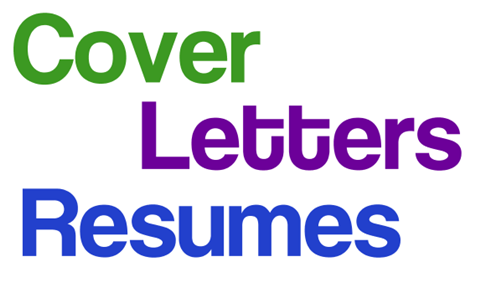
The Classic Cover Letter Format
The Classic cover letter is the most common format, and it’s the type most prospective employers expect to see. The Classic is the traditional method of formatting a cover letter where the content resembles a simple business letter. Here’s how to know if this format is for you:
Use the Classic cover letter format when:
- You’re applying to traditional organizations.
- You can stick to a single page.
- You can keep it brief.
A Classic cover letter works well for traditional jobs where sticking to conservative business practices lands you the job interview. I’ve also used the Classic format when applying to an internal position since the hiring manager preferred classic letters and was aware of my skills. Indeed, it helps to know what the hiring manager prefers. 😉
The biggest problem with this cover letter format is the length — many job seekers go overboard and write a multiple page essay boasting their stuff. This is a “fail” since a long meandering mess buries your skills, fast. Most hiring managers spend seconds reading a resume and barely scan cover letters. If you can’t grab their attention at first glance, all your cover letter writing skills are a waste.
The best approach with the Classic cover letter format is to write brief paragraphs filled with relevant job experience, applicable skills, and outstanding accomplishments. Here is the basic Classic cover letter format:
Classic Cover Letter Format Example
Your Contact Information
- Name, Address, Phone Number, Email
Employer’s Contact Information
- Name and Title of hiring manager
- Organization Name and Address
First Paragraph
- Identify the position
- State why you’re right for the job
Second Paragraph
- State why you want to work for the company
- Show how you’re a good fit
- Use examples that highlight your experience
Final Paragraph
- Request an interview
- Thank the hiring manager
Closing
- Sincerely,
- Your name
I’ve covered the structure of the Classic cover letter in detail in Anatomy of a Killer Cover Letter. Check it out for some additional goodness.
The Contemporary Cover Letter Format
The Contemporary cover letter format is a little bit different — it tends to get noticed. And getting noticed amongst a bunch of applicants is how you land a job interview. This format starts with the basics, but instead of singing your praises in paragraphs you just list your skills using simple bullets.
Sure, using the right keywords, action words, and avoiding these cover letter pitfalls helps too. Here’s how to know if this format is for you:
Use the Contemporary cover letter format when:
- You’ve got stellar skills to highlight.
- Your skills match employer requirements.
- You want your cover letter to get noticed.
Since hiring managers scan piles of cover letters trying to find the right fit, it’s important to highlight your stuff fast — and the Contemporary method gets your message across at lightning speed. Here is the basic Contemporary cover letter format:
Contemporary Cover Letter Format Example
Your Contact Information
- Name, Address, Phone Number, Email
Employer’s Contact Information
- Name and Title of hiring manager
- Organization Name and Address
First Paragraph
- Identify the position
- State why you’re right for the job
Second Paragraph
Use THREE bullet points to highlight:
- Quantifiable skills that match employer requirements
- Your experience
- Your accomplishments
Final Paragraph
- Request an interview
- Thank the hiring manager
Closing
- Sincerely,
- Your name
There you have it! Two cover letter formats to help you write a winning job application, get noticed, and land a job interview. Next I’ll share some sample cover letters and perhaps a cover letter template (or two).
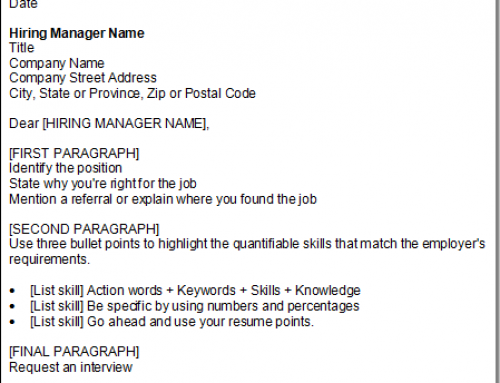
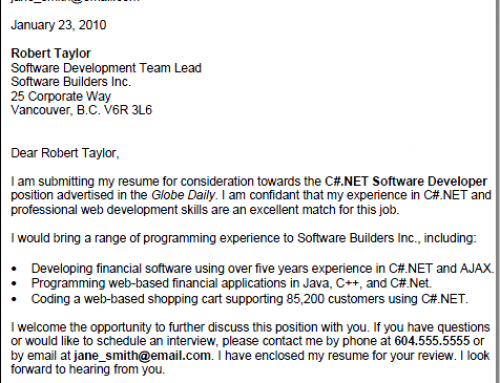
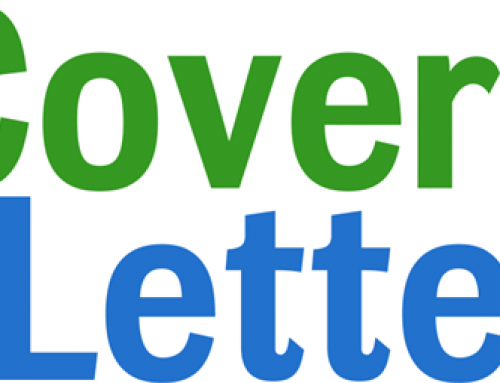
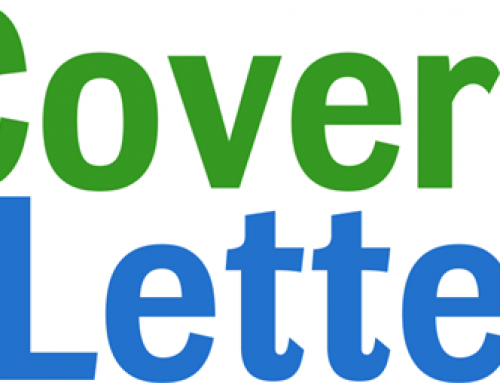

Great tips. Stick to the basics.
A good review… do you have a perspective on when one should use one format over the other (i.e. financial industry, education position, etc.)?
[…] How to Write a Cover Letter […]
[…] 2 Killer Cover Letter Formats, […]
What if you are attending a job fair and they require you bring a cover letter. Who would I address the letter too? I’ve heard using general, unspecific terms (ie To Whom it May Concern) is a big no…
I’ve attempted to research a name but none is to be found.
What if the cover letter and resume are submitted online? Does one still submit the employer’s contact information? The practice seems so stiff and odd for an emailed document.